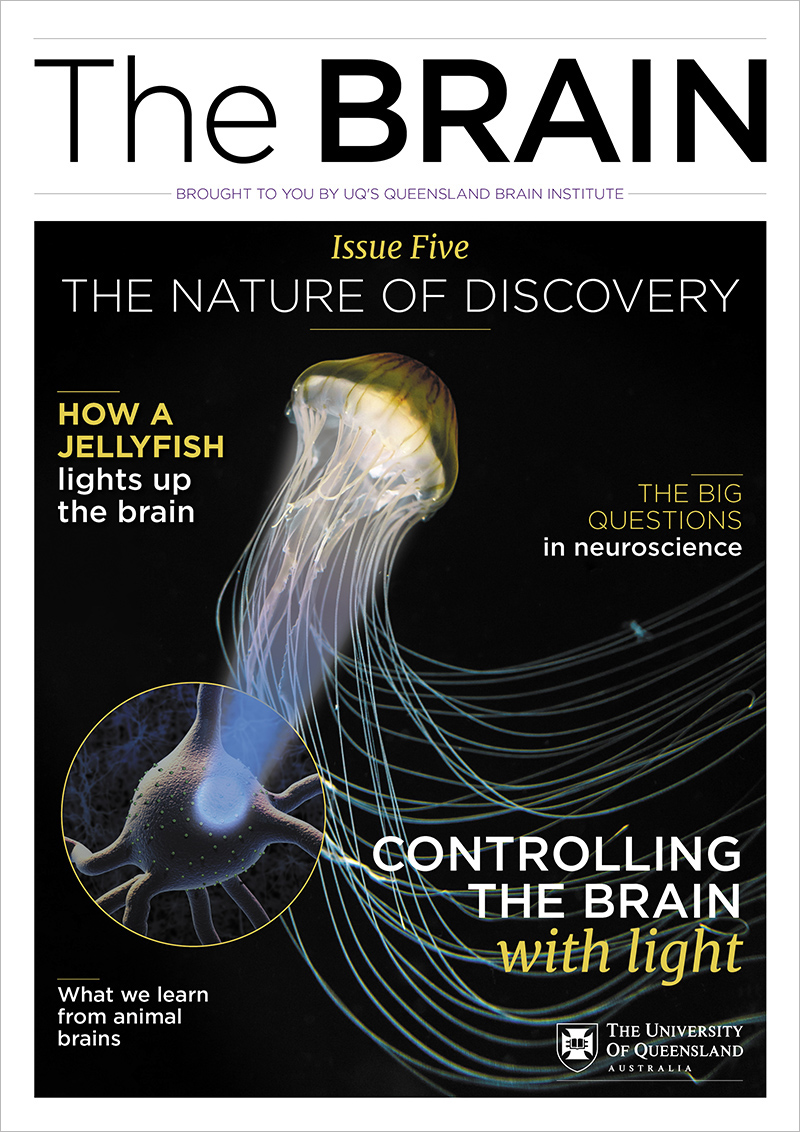The function of the human brain is exceptional, driving all aspects of our thoughts and creativity. Yet the part of the human brain – the neocortex – responsible for such cognitive functions has a similar overall structure to other mammals.
Through close collaboration between The University of Queensland (UQ), The Mater Hospital and the Royal Brisbane and Women’s Hospital, researchers have discovered the human brain’s enhanced processing power may stem from differences in the structure and function of our neurons.
The results of this study have been published in Cell Reports as “High-fidelity dendritic sodium spike generation in human layer 2/3 neocortical pyramidal neurons.”
Professor Stephen Williams at UQ’s Queensland Brain Institute (QBI) explained that his research team had studied the electrical properties of human neocortical pyramidal neurons embedded in their neuronal networks.

“To study human neurons, we prepared live tissue slices from small blocks of the human neocortex collected from patients who were undergoing neurosurgery for the alleviation of refractory epilepsy or the removal of brain tumours at the two hospitals,” Professor Williams said.
“We compared the electrical properties of human and rodent neocortical pyramidal neurons by making intricate simultaneous electrical recordings from their cell bodies and thin dendrites.
“Our research revealed that human and rodent neocortical pyramidal neurons share fundamental biophysical properties.
“For example, we showed that both the dendrites of human and rodent neocortical pyramidal neurons generate dendritic sodium spikes, suggesting a conservation of the machinery for integrating the many thousands of input signals that a neuron receives.
“However, we discovered the computational function of human neocortical pyramidal neurons is dramatically enhanced.”
QBI postdoctoral fellow Dr Helen Gooch and co-author on the paper, said the team found that the architecture of the dendritic trees of human neocortical pyramidal neurons – the branch-like extensions that conduct electrical signals – were larger and more complex than other mammals like rodents.
“This elaboration of the dendritic tree in humans was accompanied by the generation of dendritic spikes at multiple sites, which actively spread through the neuron to drive the output signals of each neuron,” Dr Gooch said.
“We suggest that this enhancement of distributed dendritic information processing may therefore be one factor that increases our brain’s overall processing power.”
The translation of such discoveries paves the way for a better understanding of how the electrical activity of the human brain is disturbed in disease.
Mater Hospital Neurologist and co-author, Dr Lisa Gillinder said “As clinician researchers, we are not only excited to learn more about the normal function of human brain cells, but through future research in this field we also aim to better understand the functional changes that occur in conditions like epilepsy with the hopes of improving treatments.”
The research was first published in Cell Reports (DOI: https://doi.org/10.1016/j.celrep.2022.111500)
Media: QBI Communications, communications@qbi.uq.edu.au, Elaine Pye +61 (0)415 222 606, Merrett Pye +61 (0)422 096 049.




